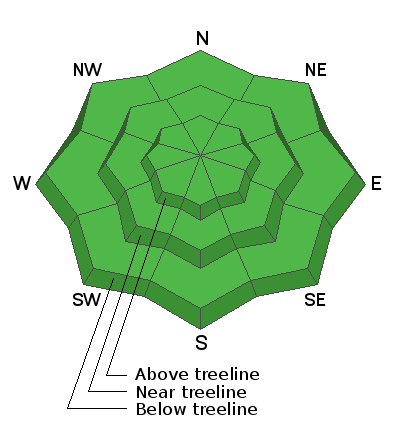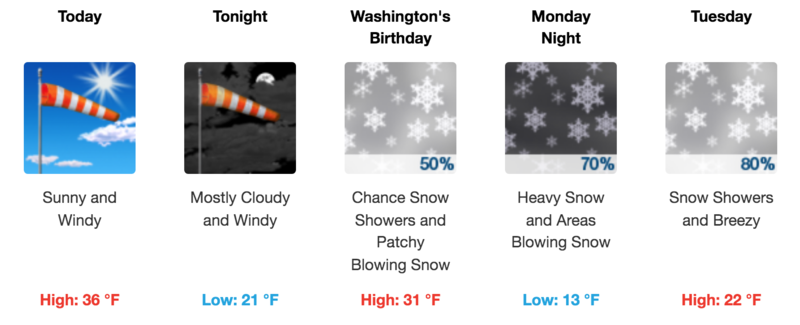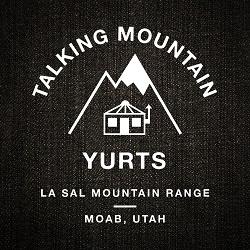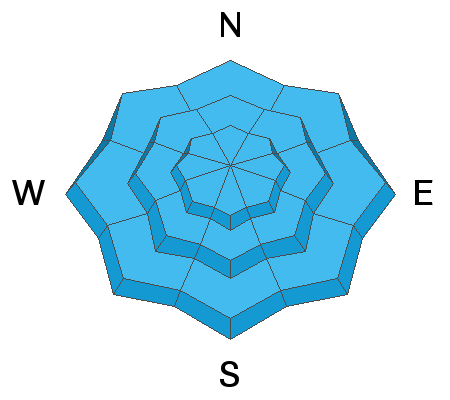Forecast for the Moab Area Mountains

Issued by Eric Trenbeath on
Sunday morning, February 20, 2022
Sunday morning, February 20, 2022
Snow and changing avalanche conditions on the horizon!
The avalanche danger remains LOW on all aspects and elevations. Unstable areas of wind drifted snow may exist on isolated terrain features in upper elevation, wind exposed terrain.

Low
Moderate
Considerable
High
Extreme
Learn how to read the forecast here





